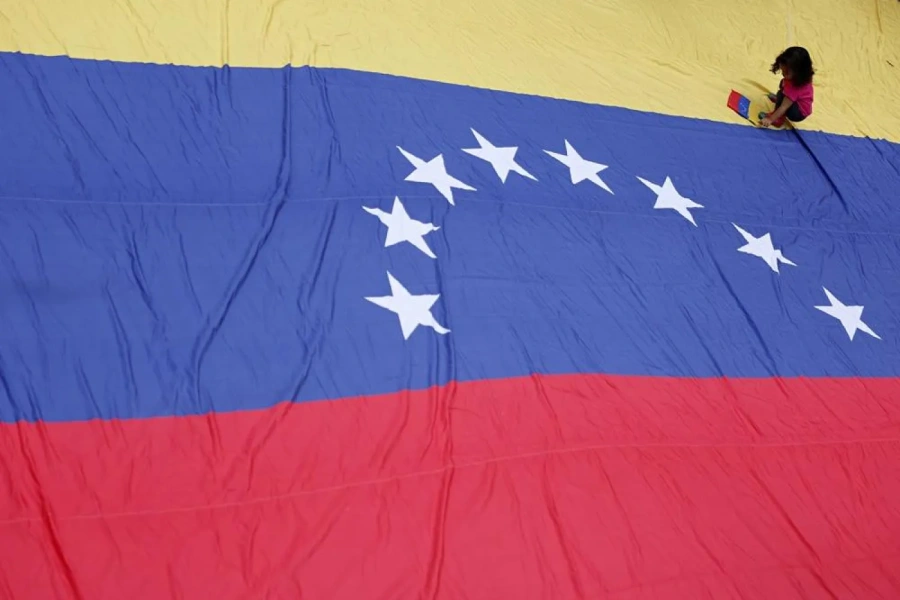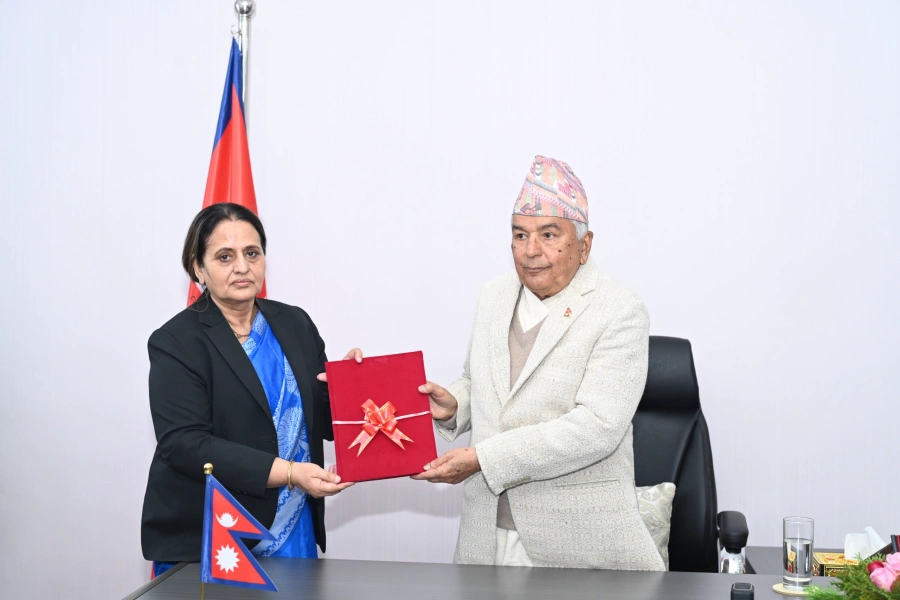SEOUL, Oct 11: South Korea is considering lifting some of its unilateral sanctions against North Korea to create more momentum for diplomacy aimed at improving relations and defusing the nuclear crisis, the South’s foreign minister said Wednesday.
During a parliamentary audit of her ministry, Kang Kyung-wha said the government is reviewing whether to lift sanctions South Korea imposed on the North in 2010 following a deadly attack on a warship that killed 45 South Korean sailors.
Following an angry reaction from conservative opposition lawmakers, Kang’s ministry later tried to downplay her comments, saying in a statement that the government has yet to start a “full-fledged” review on sanctions, meaning no decision was imminent.
When asked about Kang’s comments, U.S. President Donald Trump said South Korea could only lift its sanctions on North Korea with his say-so. His blunt retort implied friction between the allies over the pace of inter-Korean engagement amid concerns in Washington that Pyongyang is lagging behind its supposed promise to denuclearize.
“They won’t do that without our approval,” Trump said. “They do nothing without our approval.”
Sanctions against North Korea

South Korean President Moon Jae-in has mostly stayed firm on sanctions despite actively engaging with North Korea and floating the possibility of huge investments and joint economic projects in return for the North’s relinquishment of its nuclear weapons.
A move by South Korea to lift some of its sanctions would have little immediate effect since U.S.-led international sanctions remain in place. But it’s clear Seoul is preparing to restart joint economic projects if the larger nuclear negotiations between the United States and North Korea begin yielding results.
South Korea had effectively shut down all cross-border economic cooperation except for a jointly run factory park in the North Korean border town of Kaesong in response to the attack on the warship. The so-called “May 24 measures” of 2010 also banned North Korea from using shipping lanes in South Korean territory.
The factory park in Kaesong was shuttered in 2016 after a North Korean nuclear test and long-range rocket launch.
A large number of South Korean business leaders accompanied Moon last month to Pyongyang, North Korea’s capital, where he and leader Kim Jong Un agreed to normalize operations at the Kaesong factory park and resume joint tours to North Korea when possible, voicing optimism the international sanctions could end and allow such projects.
The North and South also announced measures to reduce conventional military threats, such as creating buffer zones along their land and sea boundaries and a no-fly zone above the border. The North also said it would dismantle its main nuclear facility in Nyongbyon if the United States takes unspecified corresponding measures.
The fast pace in inter-Korean engagement appears to have created a level of unease in Washington, which insists that efforts to improve relations between the Koreas should move in tandem with efforts to denuclearize the North.
Kang also said Wednesday that U.S. Secretary of State Mike Pompeo expressed displeasure over the military agreement between the Koreas. Kang did not specify what Pompeo was unhappy about, but said he asked “multiple questions” about the agreement’s content. Kang’s comments are likely to fuel speculation that Washington wasn’t fully on board before Seoul signed the agreement.
Despite meeting Moon three times and holding a summit with U.S. President Donald Trump in June, Kim has yet to provide a convincing sign that he’s ready to deal away his nuclear weapons, which he may see as his strongest guarantee of survival. Pompeo recently visited Kim in Pyongyang in an effort to set up another summit between him and Trump following months of friction in lower-level talks that saw North Korea accuse Washington of “gangster-like” demands on denuclearization.
Despite the current mood of detente and negotiation between the Koreas, the removal of sanctions will be a difficult decision for Seoul’s government.
South Koreans are deeply divided along ideological lines and many people still harbor deep anger over North Korea’s 1950 attack that started the Korean War. There has been occasional bloodshed ever since — the 2010 attack on the warship was followed months later by North Korea’s shelling of a South Korean border island that killed four and gutted homes.
Kang pointed out that many parts of South Korea’s 2010 sanctions now duplicate with the United Nations sanctions that were considerably strengthened after 2016 when the North began accelerating its nuclear and missile tests. She also described Seoul’s unilateral sanctions as a key obstacle in restarting South Korean tourism to the North’s Diamond Mountain resort, which was suspended in 2008 following the shooting death of a South Korean woman there.
But the removal of such sanctions wouldn’t be enough to get the tours back on, said Koh Yu-hwan, a North Korea expert at Seoul’s Dongguk University and a policy adviser to Moon. While U.N. sanctions against North Korea don’t ban tourism, they do place strict restrictions on bulk cash transfers, he said. Still, the lifting of the 2010 sanctions could offer at least some tangible benefits to the North.
“For North Korea, the most meaningful result from the lifting of the May 24 measures would be that its ships will be able to travel through Jeju Strait again,” said Koh, referring to waters between South Korea’s mainland and the southern island of Jeju. “This will allow them to save time and fuel.”






































